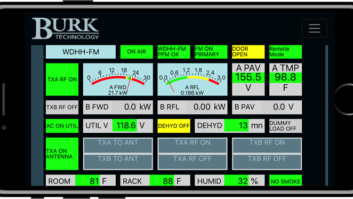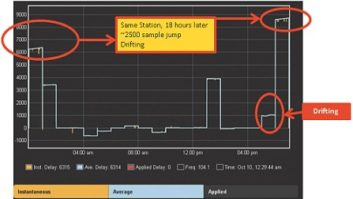A couple of months ago, I wrote about some simple strategies to mitigate problems that occur when you have to use UPSs. At my stations in Los Angeles, we practice those techniques (although we do have an “audit” scheduled to make sure they’re actually set up like we think they are).
I was not completely comfortable, even when implementing those strategies. When a UPS fails, what do we do? We run out there and move all the power cords to a “raw” AC power feed. What was really needed was a box that does that for us automatically. I looked online, and found various devices, but all were too complicated: It doesn’t need to have an IP address. It doesn’t need to send traps out via SNMP. It doesn’t need a built-in web server. All it needs to do is switch the power feeds immediately.
So, even though it’s an uncommon thing to do these days, I decided we’d roll our own. Working with our very own Jerry Burnham (who had not yet retired), we came up with a very simple solution to this problem. (Jerry built all of the copies of this we now have in use, including those in the photographs.)
The device has very simple functionality, based on two AC power inputs. One comes from “raw” power and the other comes from the UPS output. The loads all plug in to this box.
When only the “aux” feed (from raw power) is energized, the main relay is relaxed, and the AC power passes to all the loads goes through its normally closed contacts (NC when the relay isn’t energized).
When the “main” feed is energized, the relay pulls in and the loads are all energized from that source.
If the “main” feed for some reason goes away the relay de-energizes and suddenly the loads are all back to the “raw” feed again. So as you see, it does exactly what we would do upon a UPS failure. Switching time is rapid. In my experience, the loads don’t “notice” anything.
We’ve already had one occasion when this box saved our bacon: a power surge at one of our AM sites killed a UPS that was there and that in turn would have de-energized our pattern controller and external interlock relays, knocking the station off-air. With this box in use, the station kept going. Naturally that UPS has met its maker now and has been replaced with a different make/model which will hopefully prove more reliable.













